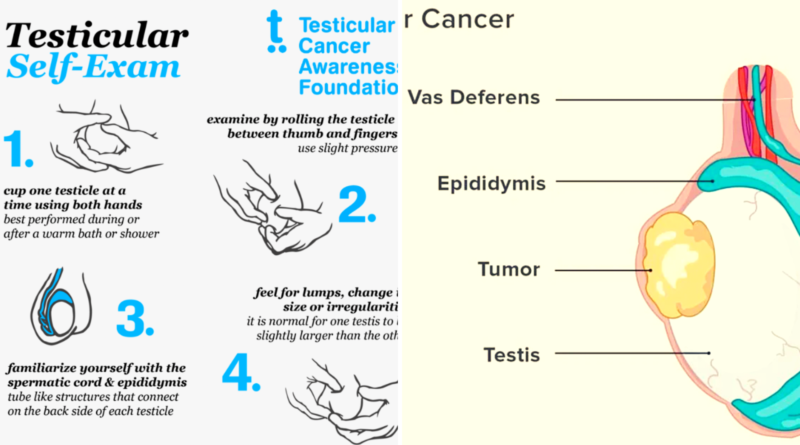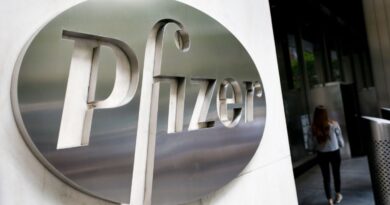Risk of testicular cancer found to be higher in taller men
Testicles are reproductive glands in males which are located in the scrotum. Scrotum is a pouch of the skin which is located below the penis. Testicles produce sperm and hormone called testosterone.
What exactly is testicular cancer?
In testicular cancer, abnormal cells begin to grow inside the testicles. The symptoms include swelling, pain or lumps in the region and requires immediate medical attention. It can metastasize or spread outside of the scrotum into other body parts. However, it is treatable if found in early stages. Testicular cancer is commonly found in men between ages 15 to 49.
Who is more likely at risk?
Research suggests that taller men are more at risk of developing testicular cancer and men who have a below average height are at a lesser risk. If a person’s height is 2 inches above average, then developing testicular risk increases by 13%.
White men are more likely to develop testicular cancer than other their other ethnic counter parts. Study suggests that testicular cancer is less common within other ethnic groups such as Hispanic, Asians, Latinos and African- American.
Men with a family history of testicular cancer are more at risk. This disease is a highly heritable one and is likely to be passed from generation to generation. If a person has a sibling with this cancer, then the risk increases by up to 12 times and if a person’s father has this cancer, then the risk increases by up to 4 times. But this cancer is quite rare so the risk of it running in the family is low.
Cryptorchidism is a condition in which testicles don’t move into scrotum, this happens before birth. This condition can increase the risk of developing this cancer. Due to this condition, the testicle may not function properly, although surgery can fix it if done before puberty.
How to do self-examination?
- Hold the testicle in both hands, do it during a warm shower or bath.
- Roll both the testicles in between the fingers and thumb.
- Examine the epididymis and spermatic cord which is a tube-like part which connects the back side of both testicles.
- Check for lumps or changes in size and other irregularities.
What are the treatments?
The treatment depends upon the stage of testicular cancer, along with other factors. Treatment options include: Radiation Therapy, Surgery Chemotherapy.



